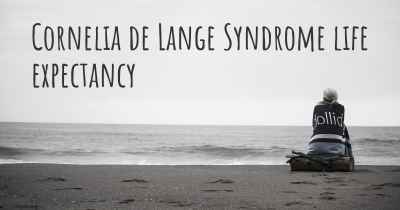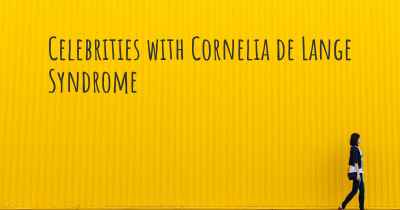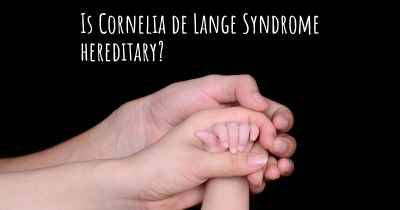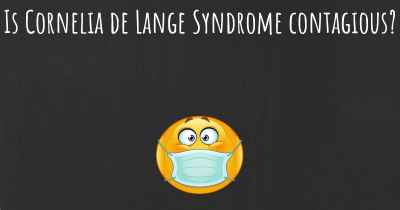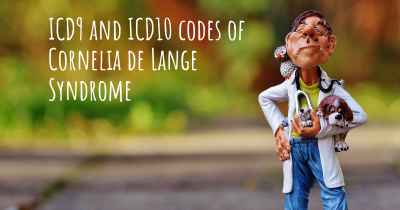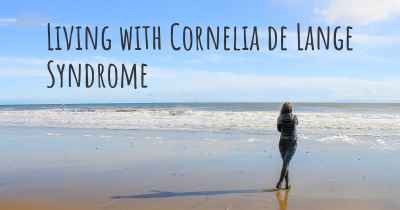What is the history of Cornelia de Lange Syndrome?
When was Cornelia de Lange Syndrome discovered? What is the story of this discovery? Was it coincidence or not?
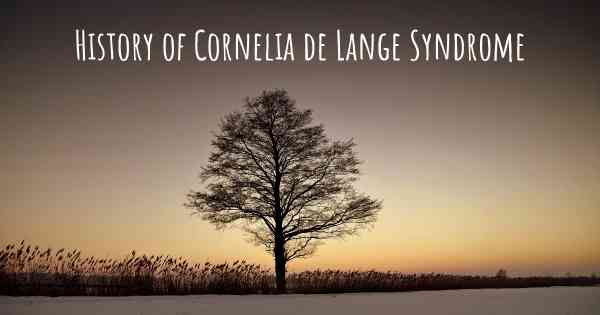
Cornelia de Lange Syndrome (CdLS) is a rare genetic disorder that affects multiple organ systems and causes a range of physical, cognitive, and developmental challenges. The syndrome was first described in 1933 by Dutch pediatrician Cornelia de Lange, after whom it is named.
The discovery of CdLS:
In the early 20th century, Dr. Cornelia de Lange encountered two young girls with similar physical characteristics and developmental delays. Intrigued by their similarities, she began studying and documenting their symptoms. Dr. de Lange published her findings in 1933, describing the syndrome as a distinct medical condition.
Early research and recognition:
Following Dr. de Lange's initial description, the syndrome gained recognition among the medical community. However, it wasn't until the 1960s that CdLS started to receive more attention. Geneticists and researchers began studying affected individuals and their families to understand the underlying genetic cause of the syndrome.
Genetic basis:
In the 1980s, advancements in genetic technology allowed scientists to identify mutations in specific genes associated with CdLS. The majority of cases (around 60-70%) were found to be caused by mutations in the NIPBL gene, which plays a crucial role in regulating gene expression during development. Mutations in other genes, such as SMC1A, SMC3, RAD21, and HDAC8, have also been linked to CdLS, although they account for a smaller percentage of cases.
Understanding the syndrome:
Over the years, researchers have made significant progress in understanding the clinical features and variability of CdLS. The syndrome is characterized by distinctive facial features, including thin eyebrows, long eyelashes, a small upturned nose, and a thin upper lip. Individuals with CdLS often experience growth delays, intellectual disabilities, limb abnormalities, and gastrointestinal issues.
Support and advocacy:
As awareness of CdLS grew, support organizations and advocacy groups were established to provide resources, information, and emotional support to affected individuals and their families. These organizations play a crucial role in promoting research, raising awareness, and improving the quality of life for individuals with CdLS.
Ongoing research and treatment:
Today, ongoing research continues to shed light on the underlying mechanisms of CdLS and potential treatment options. While there is currently no cure for the syndrome, early intervention and multidisciplinary care can help manage the symptoms and improve the overall well-being of individuals with CdLS.
In conclusion, Cornelia de Lange Syndrome was first described by Dr. Cornelia de Lange in 1933. Since then, significant progress has been made in understanding the genetic basis, clinical features, and support for individuals with CdLS. Ongoing research aims to further enhance our knowledge of the syndrome and improve the lives of those affected.
